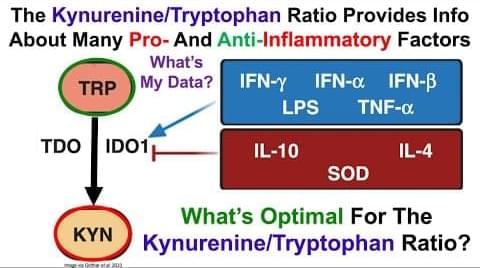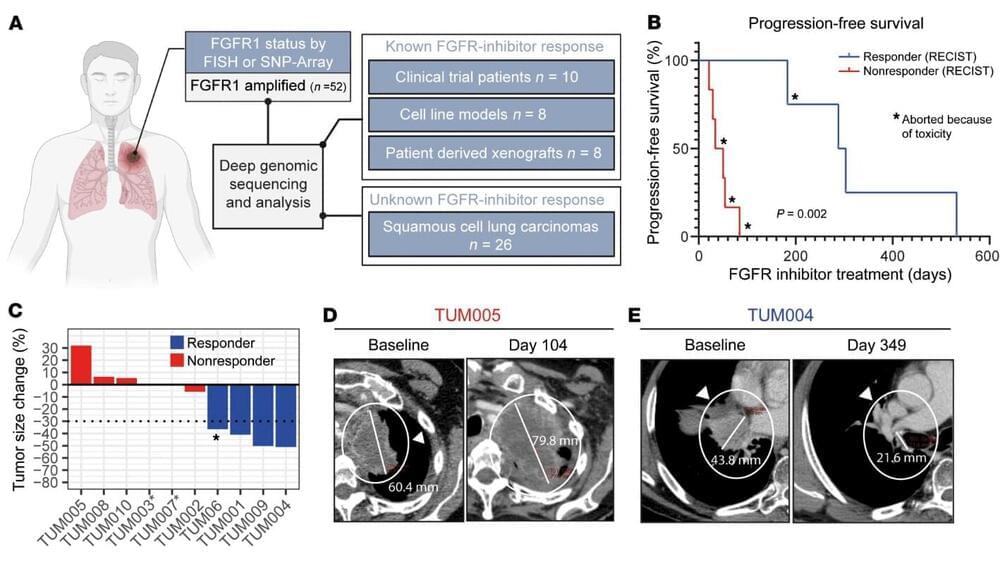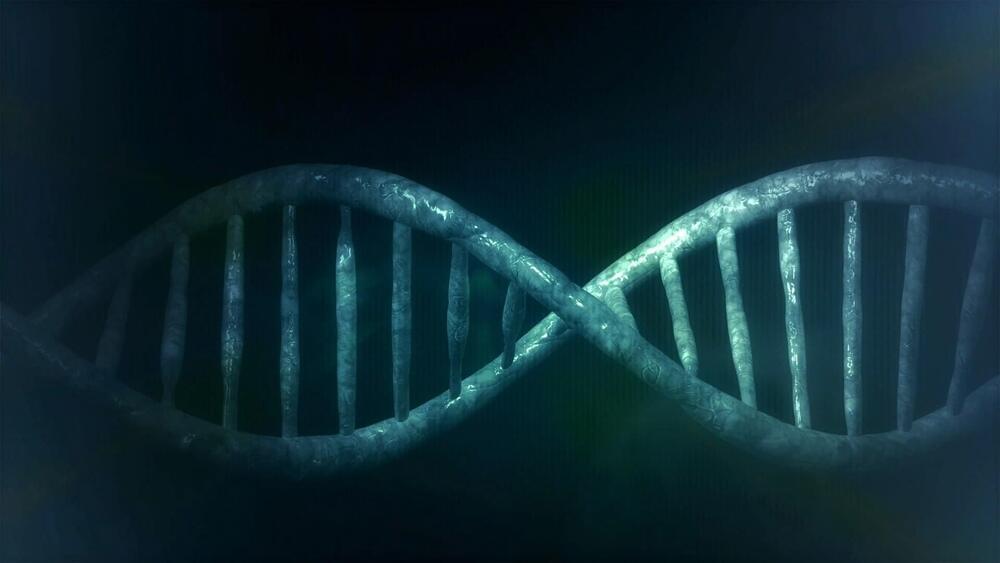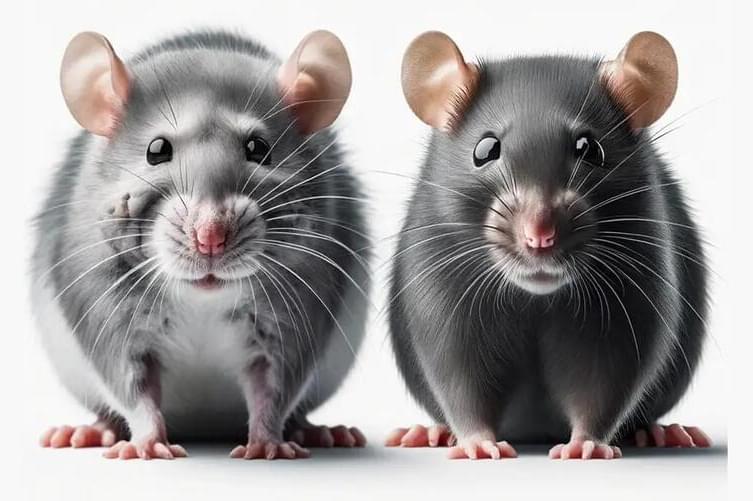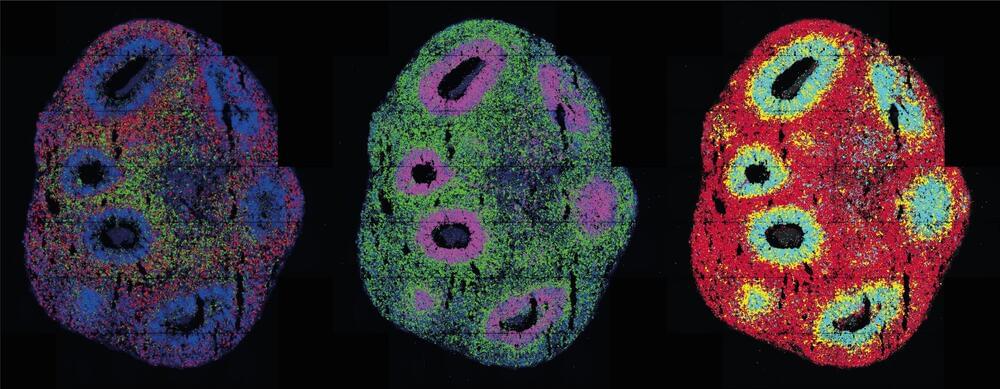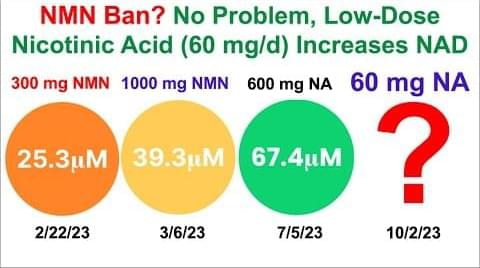Nov 10, 2023
In vivo ephaptic coupling allows memory network formation
Posted by Cecile G. Tamura in categories: genetics, mathematics, neuroscience
It is increasingly clear that memories are distributed across multiple brain areas. Such “engram complexes” are important features of memory formation and consolidation. Here, we test the hypothesis that engram complexes are formed in part by bioelectric fields that sculpt and guide the neural activity and tie together the areas that participate in engram complexes. Like the conductor of an orchestra, the fields influence each musician or neuron and orchestrate the output, the symphony. Our results use the theory of synergetics, machine learning, and data from a spatial delayed saccade task and provide evidence for in vivo ephaptic coupling in memory representations.


